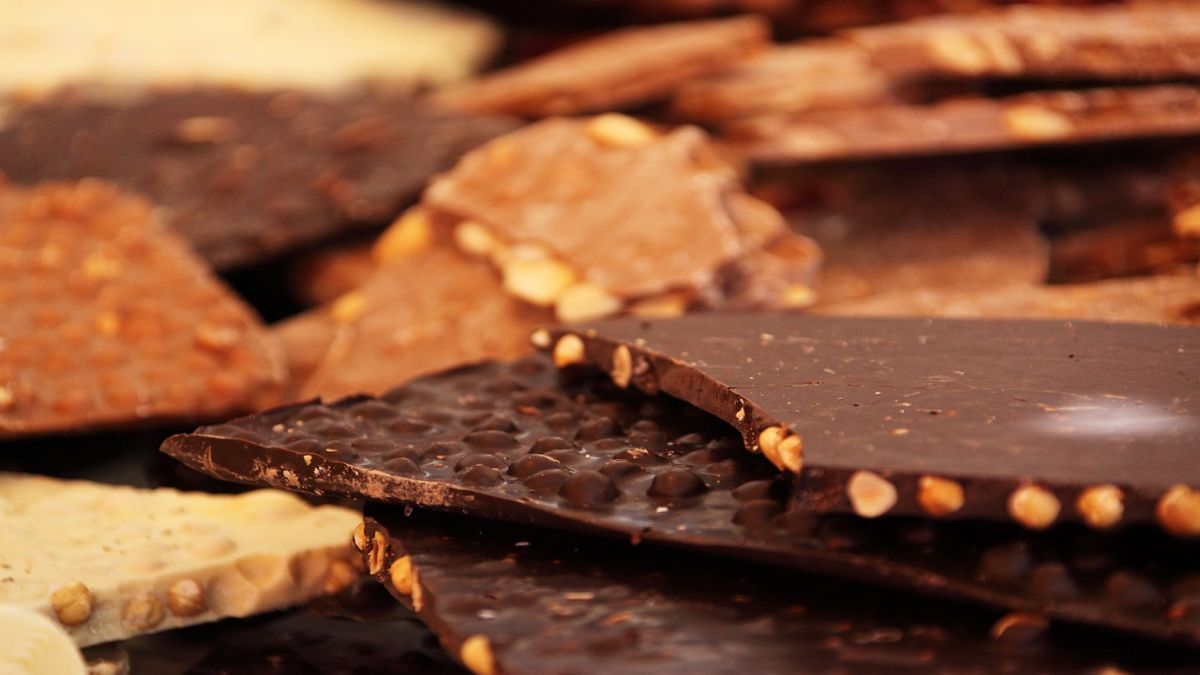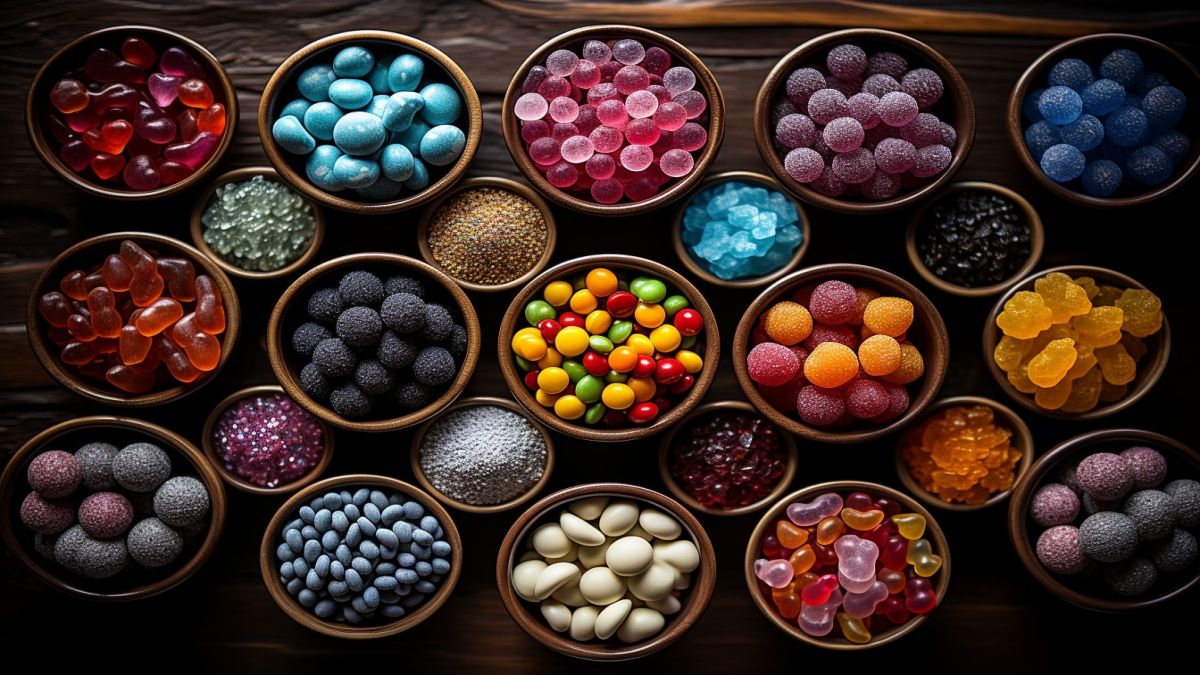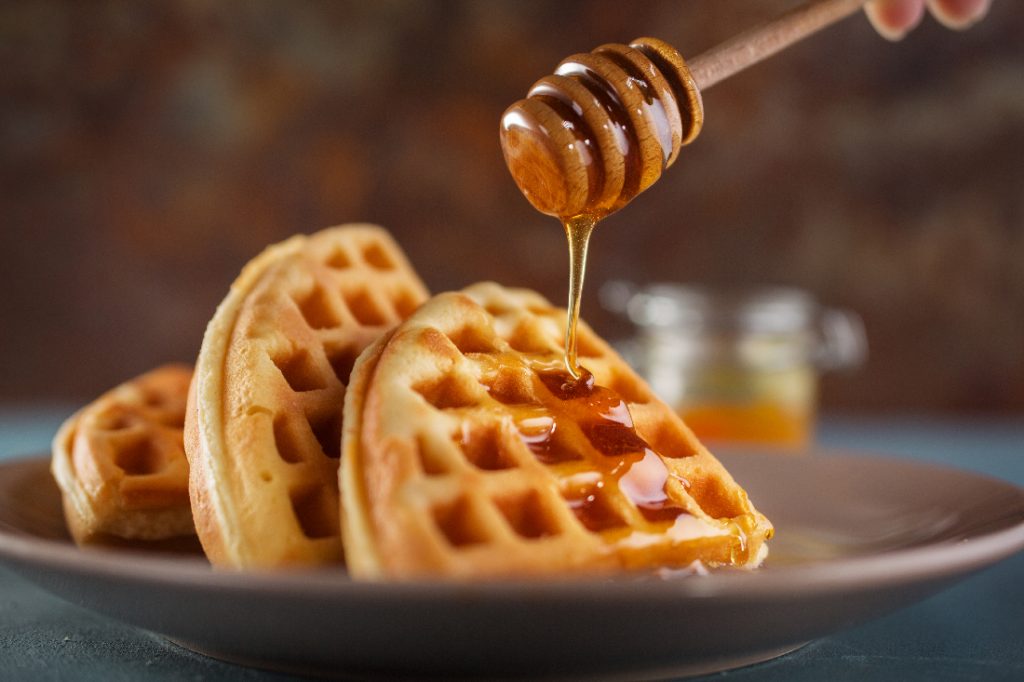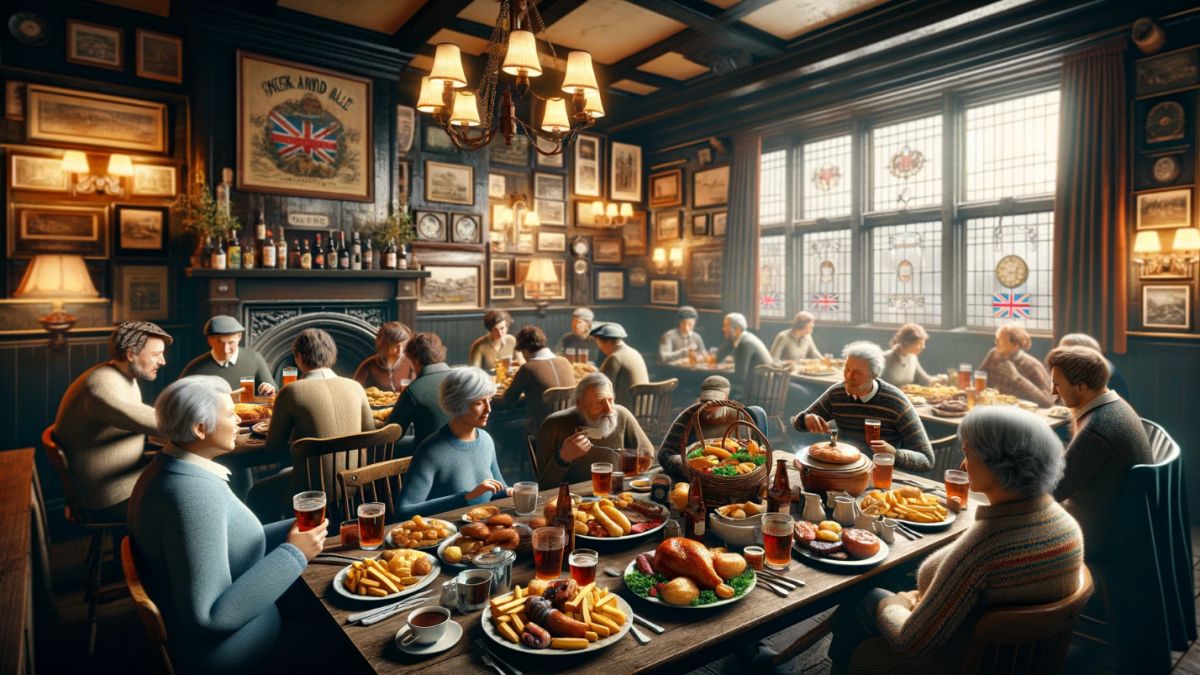The Sweet Evolution: A History of Candy Desserts
Candy desserts have been delighting taste buds for centuries, evolving from simple sweeteners to complex confections that captivate dessert enthusiasts, culinary students, and food historians alike.
Ancient civilizations used honey and fruits to create early forms of sweets, while the Middle Ages saw the introduction of sugar to Europe, fundamentally changing the landscape of dessert making.
This introduction explores the rich and varied history of candy desserts, tracing their journey from ancient origins and medieval kitchens to the sophisticated and globally prominent confections we enjoy today.
We will delve into the cultural significance of these treats, the innovations that have shaped their development, and the enduring appeal that keeps them at the forefront of culinary artistry.
Ancient Beginnings: The Birth of Sweetness
Sugar in Ancient India and Persia
The history of candy desserts begins with the discovery and cultivation of sugarcane. Around 350 AD, ancient Indians found a way to crystallize sugar from sugarcane juice, creating the first form of solid sugar.
This innovation quickly spread to Persia (modern-day Iran), where sugar was further refined and used to create early forms of candies and sweet dishes.
The Persians perfected the art of refining sugar, turning it into various forms and textures, which eventually led to the creation of delicious confections.
These early candies were often infused with nuts, fruits, and spices, making them not only sweet but also flavorful and aromatic.
As sugar-making techniques evolved and spread through trade routes, the art of candy-making flourished in different cultures, each adding their unique touch to the sweet treats.

Middle Ages: Refining Sugar Production
Europe's Sweet Revolution
During the Middle Ages, sugar production techniques improved significantly. Advances in refinement processes made sugar more accessible and affordable, sparking a surge in candy and dessert production across Europe.
Previously, sugar was a luxury item, often imported from far-off lands and reserved for royalty and the wealthy elite. However, as the production methods became more efficient, sugar gradually became available to the broader population.
Skilled confectioners began to experiment with sugar, creating a variety of sweets that were once reserved for the wealthy and elite. They crafted intricate candies, using molds and colorful decorations, which became popular treats at fairs and festivals.
These sweet creations ranged from simple candied fruits to elaborate marzipan sculptures, delighting both children and adults.
The increased availability of sugar not only revolutionized the culinary world but also played a role in the social and economic changes of the period, as it helped to establish trading routes and contributed to the growth of markets and towns.
The First Candy Dessert Recipe
The 16th century marked a crucial milestone with the documentation of the first candy dessert recipe. This period saw the formal recognition of candy as a standalone category of confections, distinct from other sweet dishes.
During this time, candy recipes began to feature ingredients like nuts, fruits, and spices, which added rich textures and flavors to the confections.
These recipes often involved labor-intensive processes, such as hand-grinding spices and careful boiling of sugar mixtures, reflecting the artisanal nature of early candy making.
This era set the stage for the diverse range of candy desserts we enjoy today, paving the way for the development of more complex and varied confections in subsequent centuries.
As trade routes expanded, exotic ingredients from distant lands further enriched candy recipes, making them a beloved treat across different cultures and regions.

Industrialization: The Candy Boom
The Impact of Mass Production
The advent of industrialization in the 18th and 19th centuries transformed candy production. Mechanized processes allowed for the mass production of candy desserts, making them widely available to the general public.
Factories churned out sweets at unprecedented rates, and innovations in packaging and distribution helped candies reach consumers far and wide.
The First Chocolate Bar
One of the most significant innovations of the 20th century was the creation of the first commercially available chocolate bar.
In 1847, British chocolatier Joseph Fry discovered that by adding melted cocoa butter back into Dutch cocoa, he could create a moldable chocolate paste.
This breakthrough led to the production of the first solid chocolate bar, revolutionizing the candy industry and forever changing dessert culture.
The 20th Century: Innovation and Expansion
New Techniques and Flavors
The 20th century witnessed remarkable advancements in candy making. Confectioners developed new techniques for creating diverse textures and flavors, from chewy caramels to tangy fruit gummies.
These innovations were driven by a combination of traditional craftsmanship and scientific breakthroughs.
For example, the development of high-quality glucose syrups allowed for greater consistency in candy textures, while the advent of industrial mixers and precise temperature controls enabled large-scale production without sacrificing quality.
Innovations in food science also enabled the creation of synthetic flavors and colors, expanding the possibilities for candy desserts and allowing for an endless array of options to delight the taste buds of children and adults alike.
As a result, the candy industry flourished, giving rise to iconic brands and treats that have become beloved around the world.

Global Spread and Regional Specialties
The global spread of candy and dessert culture brought regional specialties to international prominence. In the Middle East, traditional sweets like Turkish delight and halva gained worldwide fame.
The Asia-Pacific region introduced unique treats such as Japanese mochi and Indian jalebi.
Europe continued to innovate with classics like French nougat and Italian torrone, while America became synonymous with mass-produced candies like Hershey's chocolate bars and Reese's peanut butter cups.
Conclusion: A Sweet Legacy
The history of candy desserts is a testament to human ingenuity and our enduring love for sweetness.
From ancient sugar crystallization to modern-day confectionery marvels, candy desserts have evolved into a global phenomenon, reflecting the diverse cultures and tastes of people around the world.
As we continue to innovate and explore new flavors and techniques, the future of candy desserts promises to be just as sweet and exciting as its rich history.
Whether you're a dessert enthusiast, a culinary student, or a food historian, understanding the development of candy desserts offers a fascinating glimpse into the cultural and technological advancements that have shaped our palate and brought joy to countless generations.
OTHER NEWS
-
- Delicious but Unhealthy: Five of the Unhealthiest Fast Foods
- By Prodosh Kundu 19 Aug,2024

-
- The History of Salads—And Must-Try Recipes
- By Prodosh Kundu 02 Sep,2024

-
- A Taste of Greece: Exploring the Flavors of Mediterranean
- By Roha Tariq 22 May,2024

-
- The Development History of Pudding Desserts: A Sweet Journey Through Time
- By Molly Joshi 21 May,2024

-
- American Cuisine: A Journey Through Regional Delicacies
- By Roha Tariq 22 May,2024

-
- Five Things You Must Know About the Mediterranean Diet
- By Prodosh Kundu 08 Jul,2024

-
- The History of Tacos—And Must-Try Recipes
- By Prodosh Kundu 03 Sep,2024

-
- The scrumptious Christmas
- By Taruna Agarwal 17 May,2024

-
- The History of Waffles: And Must-Try Recipes
- By Prodosh Kundu 03 Sep,2024

-
- The Carrot Cake: America’s Wholesome Dessert
- By Roha Tariq 17 May,2024

-
- The Delicious Evolution of Cheese Desserts: A Historical Journey
- By Molly Joshi 21 May,2024

-
- British cuisine: From Fish and Chip to Afternoon Tea
- By Roha Tariq 22 May,2024

 1
1 1
1